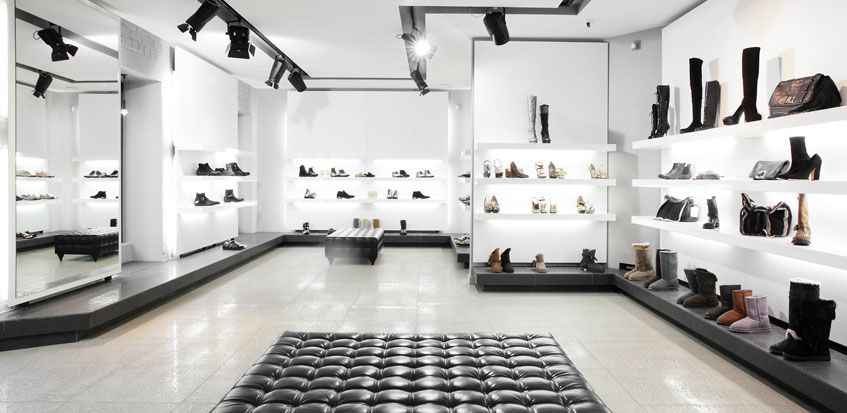In the fierce world of retail, the fit-out of your store is crucial for attracting and retaining customers. A well-designed retail space not only enhances the shopping experience but also greatly impacts your bottom line. However, many retailers, especially those unfamiliar to the process, often make common mistakes throughout their fit-out projects that can result in frustration, delays, and unexpected costs. By understanding these pitfalls and how to avoid them, you can set your business up for success.
This article will examine the common retail fit-out mistakes that can impede your project and supply actionable tips on how to avoid them. From considering budgeting and timelines to confirming that your design embodies your brand's identity, we will guide you through the crucial steps of creating a retail space that resonates with your customers and ultimately boosts your sales. Whether Bonuses are planning a modest store renovation or an large-scale fit-out, our insights will help you manage this complex process with confidence.
Grasping Retail Fit-Outs and Their Value
Retail fit-outs refer to the method of crafting and equipping a retail space to conform with the brand's identity and improve customer experience. This process encompasses everything from the configuration and aesthetics to the picking of furnishings, fixtures, and technology. A successfully implemented fit-out converts a tangible environment into an inviting environment that encourages shoppers to engage and connect with products.
The value of a retail fit-out is paramount, as it profoundly impacts a business's success. A well designed store schema can lead to increased foot traffic and revenue by offering a seamless shopping journey. Furthermore, a captivating visual merchandising strategy and cohesive branding help to convey the brand story, ultimately nurturing customer loyalty and improving the general view of the business.
In this competitive retail landscape, committing to a high-quality fit-out is essential. It allows businesses to differentiate themselves in a busy market while at the same time fulfilling customer needs and wants. By creating a space that is not only useful but also aesthetically pleasing, retailers set the stage for improved customer connection and greater conversion rates, which are essential for long-term success.
Key Steps in the Retail Fit-Out Process
The store fit-out process starts with thorough design and planning. It is crucial to assess the unique needs of your company and the target market. Collaborating with specialists in this stage can result in a layout that maximizes customer engagement and effectively incorporates your brand identity. Think about using tools like customer journey mapping to understand how shoppers will navigate the space.
Once the design is completed, it’s important to concentrate on selecting the appropriate contractors and overseeing the project efficiently. Open communication with contractors is essential to make sure everyone is aligned with the vision and timelines. Regular progress meetings can help in addressing any issues as they arise and keeping momentum during the process.
As the fit-out progresses into the execution phase, paying attention to details like lighting and material choices becomes vital. These features not only set the atmosphere but also impact customer experience and the general perception of your brand. Keeping an watch on the budget and timeline during this phase can help avoid hidden costs and delays, allowing for a smooth transition from concept to completion.
Innovations and Trends in Retail Fit-Outs
As retail continues to evolve, a major of the significant trends is the integration of technology into fit-out designs. Intelligent technology is transforming the way retail spaces operate, from interactive displays that engage customers to cutting-edge point-of-sale systems that streamline transactions. This advancement not only improves the shopping experience but also gathers valuable data on customer behavior, enabling retailers to customize their offerings more precisely.

Eco-friendliness is also a key focus in retail fit-outs, with businesses more frequently prioritizing sustainable materials and practices. Brands are choosing for sustainable materials, such as reclaimed wood and energy-efficient lighting, to reduce their environmental footprint. This trend not only resonates to environmentally-conscious consumers but can also lead to financial benefits in the future through reduced energy consumption.
Lastly, the design of retail fit-outs is transitioning towards creating engaging and experiential environments. Retailers are creating spaces that invite customers to engage with products in unique ways, often incorporating elements such as temporary installations and flexible layouts. This approach not only enhances customer experience but also fosters longer visits, ultimately driving sales and fostering brand loyalty.
